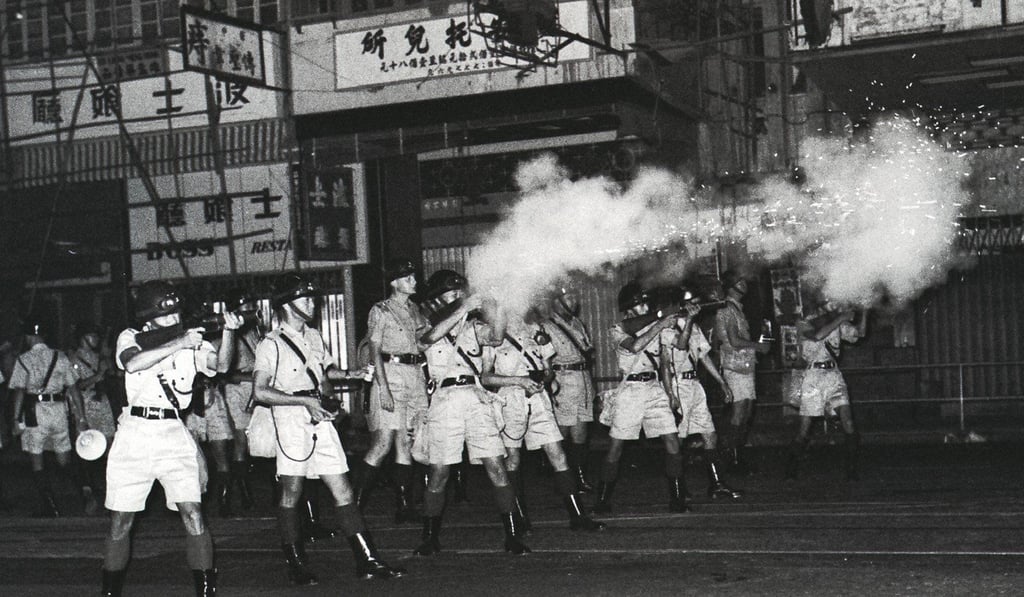The View | Three critical Hong Kong housing policy decisions that ultimately led to 1967 riots
Critical junctures that set Hong Kong on a path to its present housing situation

This year is the 50th Anniversary of the 1967 riots. The riots are popularly seen as a watershed event in Hong Kong’s post-war history, but they have hardly been thoroughly researched. What follows is a narrative of housing policy choices that I believe are important distant causes of the 1967 riots.
Housing policy in Hong Kong in the past 70 years encountered several critical junctures that set us on paths of development leading to our present housing condition. At each of these junctures, choices were made that exerted a long-lasting impact. The three distant causes of the 1967 riots are discussed in this article, and the unintended consequences will be covered next week.
The first critical junction was in 1947 when the government chose rent control in the face of a massive influx of immigrants.
Between 1945 and 1948 the total population in Hong Kong increased from 600,000 to 1.8 million and it kept growing. Most of the arrivals were housed in existing pre-war housing stock in cramped conditions. Those who instead opted for squatter units built illegally by private developers had quite spacious housing by comparison, and their units were more expensive.

Rent control was thus a critical juncture because it prolonged the severe shortage of housing and land in Hong Kong.
